SE Electronics X1R Handleiding
Bekijk gratis de handleiding van SE Electronics X1R (5 pagina’s), behorend tot de categorie Microfoon. Deze gids werd als nuttig beoordeeld door 30 mensen en kreeg gemiddeld 4.5 sterren uit 15.5 reviews. Heb je een vraag over SE Electronics X1R of wil je andere gebruikers van dit product iets vragen? Stel een vraag
Pagina 1/5

M I C R O P H O N E M A N U A L

Microp hon e Man ual
sE Electronics Microphone Manual
Thank you for purchasing an sE Electronics microphone, which was was hand-built in one of the most
advanced microphone manufacturing facilities in China. Designed by a team of extremely experienced
engineers and veried by extensive listening tests, each model (with a few application-specic
exceptions) utilizes gold-sputtered, ultra-light mylar diaphragms in an advanced capsule design. Your
microphone was constructed using the nest quality electronic components and extensively tested to
provide you with years of trouble-free operation.
Specications
Specications for all of our microphones can be found on our website: http://www.seelectronics.com
Pickup Patterns
There are two basic microphone directional patterns, omnidirectional, which picks up sound equally from
all directions, and gure-of-eight, which picks up from both the front and rear of the microphone but not
from the sides. Combining these two basic patterns creates a cardioid or directional response, which
simply means the microphone is most sensitive in one particular direction. By varying the way in which
the omnidirectional and gure-of-eight patterns are combined, varying widths of cardioid pattern can be
created.
Cardioid
Cardioid pattern microphones are popular for general-purpose recording as they can be directed
at the wanted sound source while offering a measure of rejection to sounds approaching the
microphone from the rear, and to a lesser extent, the sides.
Where several musicians are playing together, this reduces the amount of crosstalk between the
microphones. Cardioid pattern microphones also pick up less of the ‘room sound’, which results
in a clearer, less ‘coloured’ recording. Note that cardioid microphones belong to the category of
‘pressure gradient’ microphone as their output signal depends on the differences in air pressure
between the front and rear of the capsule.
All pressure gradient microphones exhibit some degree of proximity effect, which simply means
that there is a signicant rise in their bass response if they are used very close to the sound
source. This can be countered by using the low-cut switch on the microphone or microphone
preamplier.
Variations on the cardioid theme range from wide cardioid to hypercardioid.
Hypercardioid has a narrower pickup pattern than the normal cardioid response but is more
sensitive to sounds coming directly from the rear.

Microp hon e Man ual
Omnidirectional
Omnidirectional mics are pressure-operated devices, which means they respond directly to
changes in air pressure. They are equally sensitive in all directions and do not exhibit the
proximity bass boost effect inherent in pressure-gradient microphones. Omnidirectional
microphones sound very “natural” and are used where there is a need to capture the sound of a
room’s acoustics or where there are several musicians or singers performing together. Spaced
omni microphones are often used for the stereo recording of choirs and ensembles.
Figure-of-Eight
Also a pressure gradient (directional) microphone, the gure-of-eight pattern is produced by a
diaphragm open to the air on both sides and gets its name because its polar pattern looks like
two identically sized circles in contact with each other. Sound arriving from the side reaches
both sides of the diaphragm at the same time, which results in the air pressure on both sides
of the diaphragm being equal, so there’s no movement of the diaphragm and consequently no
electrical output. Conversely, on-axis sounds produce the maximum pressure differential and
hence the maximum output. Figure-of-eight microphones are used in specialist stereo recording
applications and also where it is useful to have a high degree of rejection from 90 degree off-axis
sound.
Care and Maintenance
Though capacitor microphones are now far more rugged than in the era of the so-called ‘classic’ models,
care must still be taken with all capacitor models to avoid damp conditions, humidity or excessive
dust and cigarette smoke. Microphones brought into a warm studio from a cold vehicle, for example,
may suffer condensation on the diaphragm and circuitry, which will compromise the performance of
the microphone until it has completely dried out. It is also important not to subject the microphone to
excessive shocks, such as dropping it onto a hard surface.
Microphones may cleaned using a damp cloth but solvents or thinners should not be used. It is also
important not to use contact cleaners or other aerosols close to the capsule as this may impair
operation.
Mic cables and connectors should be checked regularly for damage. If the cable connecting a tube
microphone to its power supply is damaged, contact your local service agency for a replacement and
under no circumstances attempt to use a cable of a different type as this could damage the microphone
circuitry and/or power supply, and also risk electric shock.
Never run a tube microphone power supply with the ground disconnected as this presents the risk of
electric shock. Do not open the microphone case or the power supply case when the power supply is
connected to the mains supply as there are potentially lethal voltages inside.
If a capacitor microphone produces intermittent noise or spluttering sounds, it is probably suffering
from condensation and should be dried out in a warm place before further use. Do not attempt to
service a microphone yourself as this will void the warranty and may cause serious damage. These
considerations apply to all capacitor microphones.
sE Electronics Microphone Manual
Product specificaties
| Merk: | SE Electronics |
| Categorie: | Microfoon |
| Model: | X1R |
Heb je hulp nodig?
Als je hulp nodig hebt met SE Electronics X1R stel dan hieronder een vraag en andere gebruikers zullen je antwoorden
Handleiding Microfoon SE Electronics
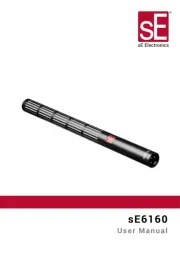
11 Augustus 2025
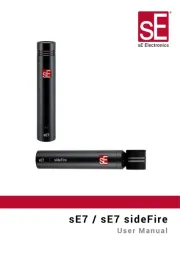
10 Juni 2025

14 Augustus 2024

14 Augustus 2024

27 Maart 2024

11 Maart 2024

11 Maart 2024

11 Maart 2024

26 Februari 2024

26 Februari 2024
Handleiding Microfoon
- Blaupunkt
- DPA
- Earthworks
- Logitech
- BALILA
- Saramonic
- Canon
- Vimar
- Sandberg
- Klark Teknik
- Blue
- Eurosound
- Natec
- RCF
- Wedaniya
Nieuwste handleidingen voor Microfoon

13 September 2025

12 September 2025

12 September 2025
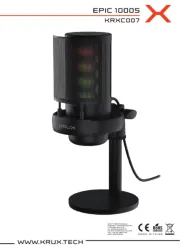
12 September 2025
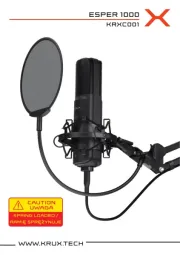
12 September 2025
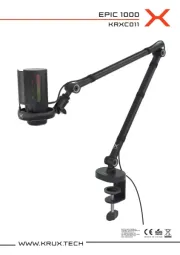
12 September 2025
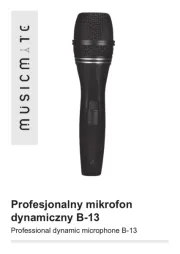
12 September 2025
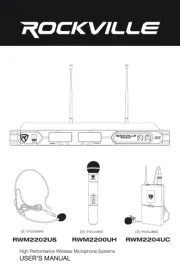
8 September 2025
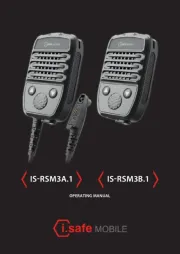
8 September 2025

8 September 2025